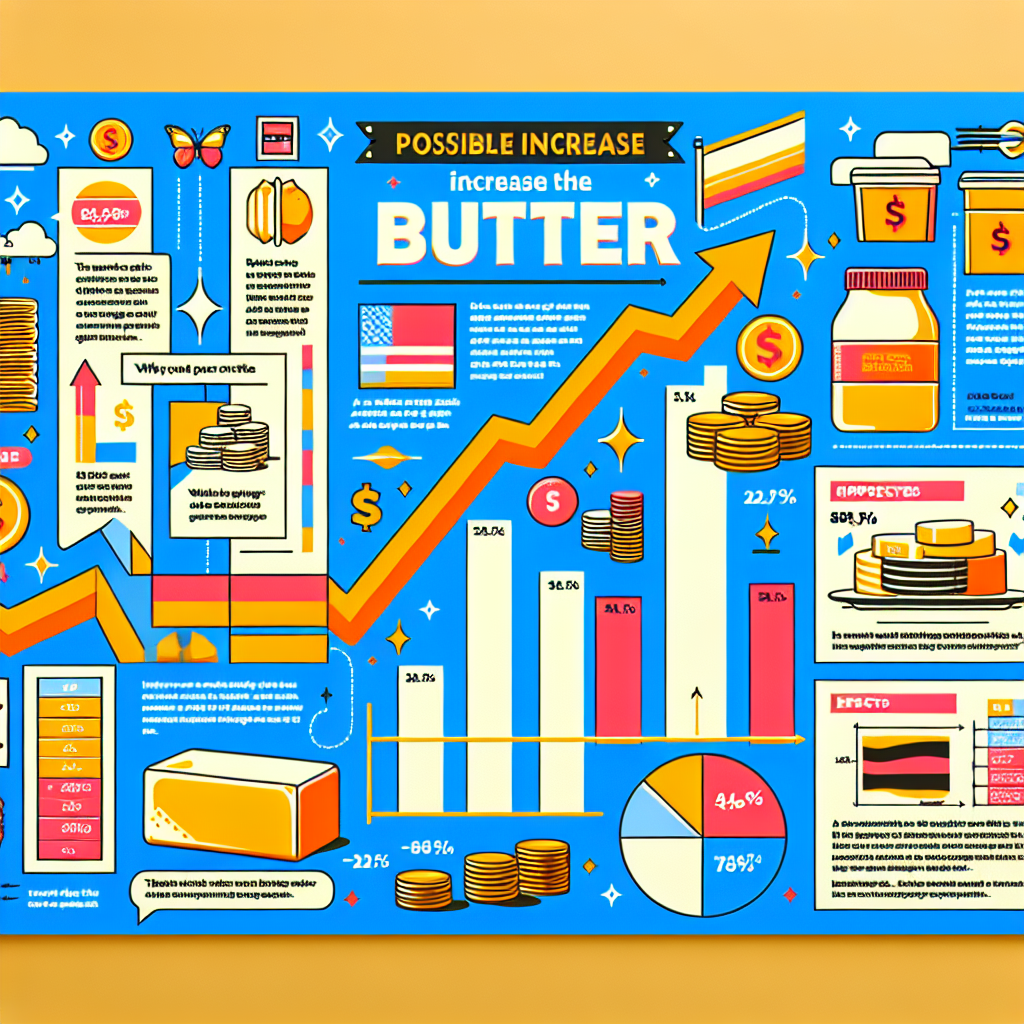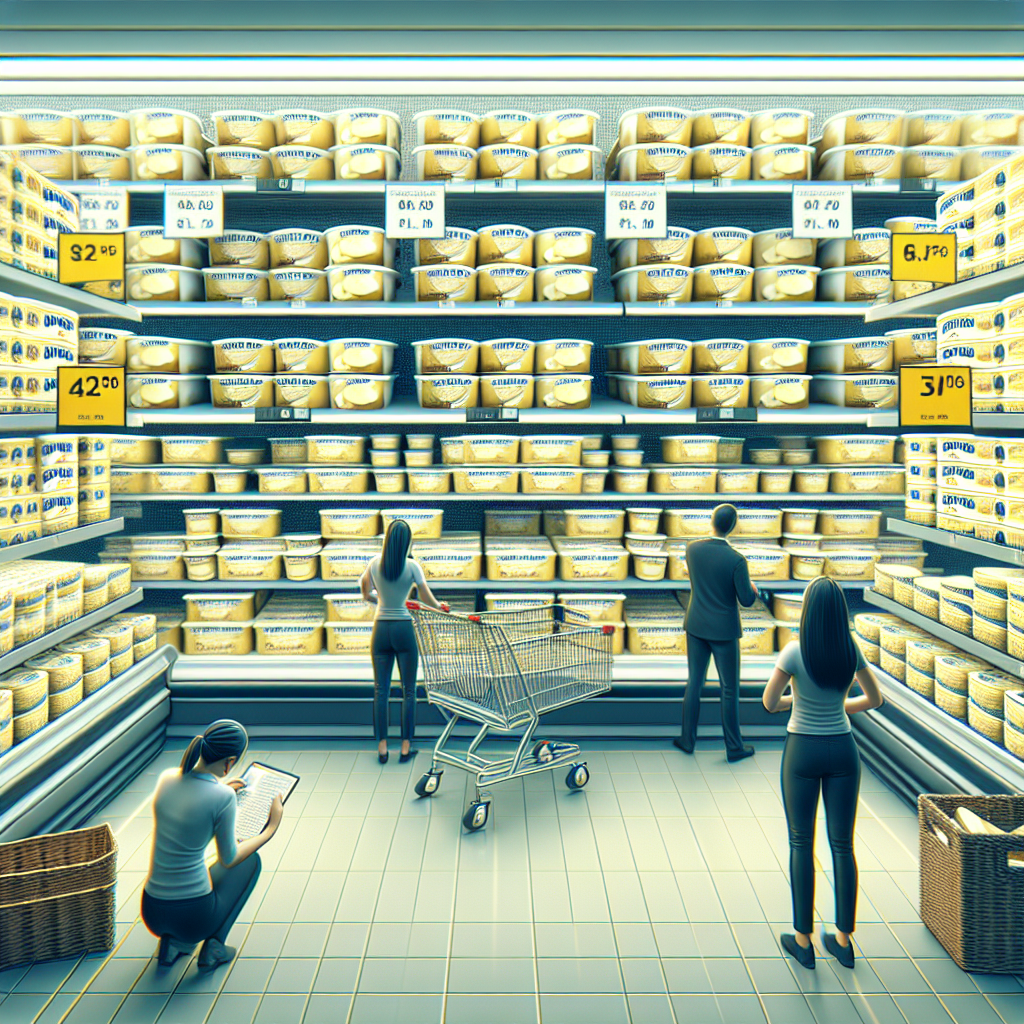Potential Increase in Butter Prices: What You Need to Know

As investors, it’s crucial to keep an eye on market trends and shifts that could impact your portfolio. One such trend is the rising cost of butter, which has seen shoppers turning away from the product. This trend could potentially lead to a further increase in retail prices by another dollar. This article will delve into the reasons behind this trend, its potential impact on the market, and what investors should be watching out for.
Why Are Butter Prices Rising?
The increase in butter prices can be attributed to several factors. Firstly, the cost of production has been steadily rising due to increased feed costs for dairy cows and higher energy prices. Secondly, the demand for butter has been growing, particularly in emerging markets where a growing middle class is developing a taste for dairy products. This increased demand, coupled with higher production costs, has led to a surge in butter prices.
Impact on the Dairy Industry
The rising cost of butter is having a significant impact on the dairy industry. Dairy farmers are feeling the pinch as they struggle to keep up with rising production costs. On the other hand, dairy companies are also grappling with the challenge of passing on these increased costs to consumers. Some companies have already started to increase the retail price of their products, but there’s a limit to how much consumers are willing to pay for butter. As a result, some shoppers are turning away from butter and opting for cheaper alternatives.
What Does This Mean for Investors?
For investors in the dairy industry, the rising cost of butter presents both challenges and opportunities. On the one hand, companies that are heavily reliant on butter for their product offerings may see their profit margins squeezed. On the other hand, companies that offer alternatives to butter could stand to benefit as consumers look for cheaper options.
Investors should also be aware of the potential impact on the broader food industry. For instance, bakeries and restaurants that use butter as a key ingredient may also face higher costs, which could impact their profitability. Therefore, investors in these sectors should also be keeping a close eye on the situation.
What to Watch Next
Going forward, investors should watch for any signs of easing in the cost of production for butter. This could include a decrease in feed or energy prices. Additionally, any changes in consumer behavior, such as a shift back to butter as prices stabilize, could also be a positive sign for the industry.
Investors should also keep an eye on how dairy companies are managing the situation. Companies that are able to effectively pass on increased costs to consumers without losing market share could be well-positioned to weather the storm. Conversely, companies that struggle to manage these increased costs could face challenges.
Summary
In conclusion, the rising cost of butter is a trend that investors should be closely monitoring. While it presents challenges for some companies, it could also create opportunities for others. By keeping a close eye on the situation, investors can make informed decisions and potentially capitalize on this trend.
